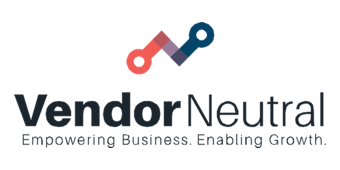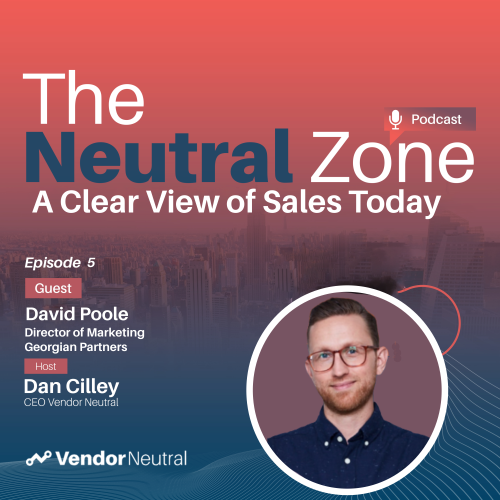
Dan Cilley
Trust is Important When Buying Sales Technology
5
David Poole
Director of Marketing, Georgian Partners
Read Full Transcript
We had the opportunity to chat with David Poole, Director of Marketing at Georgian Partners, about his technology buying experiences. David is an expert in pipeline marketing, specifically leveraging marketing technology, to help clients build effective sales strategies. In his years in the B2B space, he’s seen technology buying at its best and worst. Here’s what he had to say.
The Worst are the Worst from the First Email
David Poole: Starting off with a false pretense and putting me on the defensive is the wrong approach.
Most of the worst experiences I’ve had have started with the first cold outreach email. The worst of the worst usually involve me wondering whether I’ve met this person or not. I am usually left wondering whether I already agreed to something because the email implies that I may have. To make sense of it, I waste time searching my inbox trying to understand where this contact came from.
I usually end up discovering there’s actually no previous history. The email has just been crafted to make it seem like there is some relationship there. That approach is completely unexplainable. The purpose of an email is to build a relationship. The first thing the salesperson should do is set the context for what the email is about – what the ask is. Make it clear, as simple as possible.
Here is an example that particularly ticked me off.
First, let me start with SEO agencies. They tend to be the worst, often pretending they have some kind of magic information about your website or survey. Their initial outreach email usually involves them claiming they’ve done all this analysis and research for me. They act like they are picking up the thread where they left off last time. The email might go like this: “I’d love to dive deeper into all these mistakes that you’re seeing on the report.” They claim if I agree to a meeting they will email over the PDF that shows all the details of the report about my website.
Really? I want to feel like someone is trying to build trust and is invested in me for the long haul. Starting off with a false pretense and putting me on the defensive is the wrong approach. If they actually found something about my website, why wouldn’t they share it immediately? Instead, they make their client feel like they are doing something wrong, trying to create a perception of fear. It just feels false. Don’t sell through fair. Immediately show a client the opportunity. Show them what the long-term promised land looks like.
The Best is Short and to the Point
David Poole: Building trust and establishing a relationship of trust for the long-term is the best possible thing anybody working in sales can do.
The best initial outreach is short and to the point. It should convey an understanding of the problem in broad terms, and in a polite way. Then, wait for a response. Don’t expect the prospect to immediately click a Calendly link and book a time.
You should go above and beyond in the initial email. That includes doing research on what the company does, so you understand what their role is. This is critical to understanding how the client matches with your solution. For me, the perfect sales sequence follows an Account-Based Marketing (ABM) process. You should really think about that account and how it is different from every other account you’re encountering.
Use as much research and data as you can to tailor every single touchpoint as much as possible. At a minimum, use the company logo in your first demo. In addition, show your understanding of the kind of industry the prospect is working in. Tailor the demo. Tailor the materials. Pick out relevant case studies.
Make your solution feel branded to the prospect. Use their colors and logo in the demo, so it feels close to their eventual experience. Show what you’ve done every single time you have another touchpoint with the prospect. Do even more research, including spending time on their website, engaging with their marketing materials or attending their webinars. Go to events. Talk to their team. Show you care.
All these things add up to build trust and show you actually care about getting their business. For me, building trust and establishing a relationship of trust for the long-term is the best possible thing anybody working in sales can do.
Use social media to your advantage. It’s easy to use these tools to see what your prospects care about. Look at what they are posting, their day-to-day social activity. That will help you understand what problems they are thinking about.
Comment where appropriate, and slowly your name will start to be recognized and get you past that first hurdle. If I’ve seen someone around on social media, I’m far more likely to respond positively when they reach out. In addition, social media provides an opportunity for the sales process to continue engaging.
Social media is a great relationship building tool and research tool. I like it when I see reps popping up on my social. It gives them a chance to understand the subject matter. No one expects every single inside sales rep to have the required account knowledge about every prospect. But, social allows you to get up to speed quickly, using the right terminology and jargon.
Always think about how you can provide the most value possible, even when someone is saying, “I don’t have the budget for that this year” or “That doesn’t work for me.” Keep reaching out. Keep engaging. I will often go through my network and ask people what software they recommend for a particular problem. Even when someone says “no,” you don’t know who may ask them for a reference in the future. Every single action you take, you should be thinking about the long-term. Always maintain professionalism and quality.
Be careful about going into selling mode too quickly, before you really understand the challenges of the prospect. Don’t get so excited about a response to your email that you fail to ask questions. Find out if the client is even a good fit for your solution instead of just diving into a vaguely interesting demo. Especially when you are just working off that first cold outbound outreach email, you can’t possibly know yet if the prospect is a good fit. The first call should be more questions than answers, and the answers should be coming from the buyer.
Really set yourself apart as the prospect moves through the buying funnel. Be as helpful as possible through every step of the journey. Reach out. See if there is anything else you can do to help. Set expectations for implementation. What is going to be required on the part of the client? Let them know, so they can set aside time and they don’t get antsy after contract signing. Work with your customer success team and keep attending all of the calls.
Be part of the transition period from prospect to customer. Become a reference for the client.
Optimize Tech Buying
Tech buying does not have to be complicated. Get solutions that match your needs from vendors that align with your goals and priorities. Try the Simple Sales Stack Selector designed by Vendor Neutral.
Other Podcasts
-
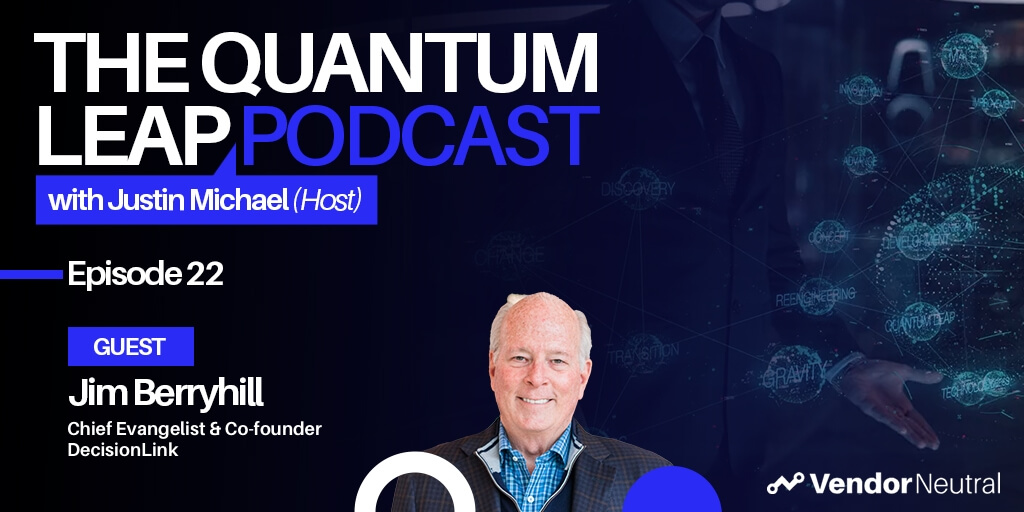 4 Opportunities For Massive Growth In Customer Value Management4 Opportunities For Massive Growth In Customer Value Management
4 Opportunities For Massive Growth In Customer Value Management4 Opportunities For Massive Growth In Customer Value Management -
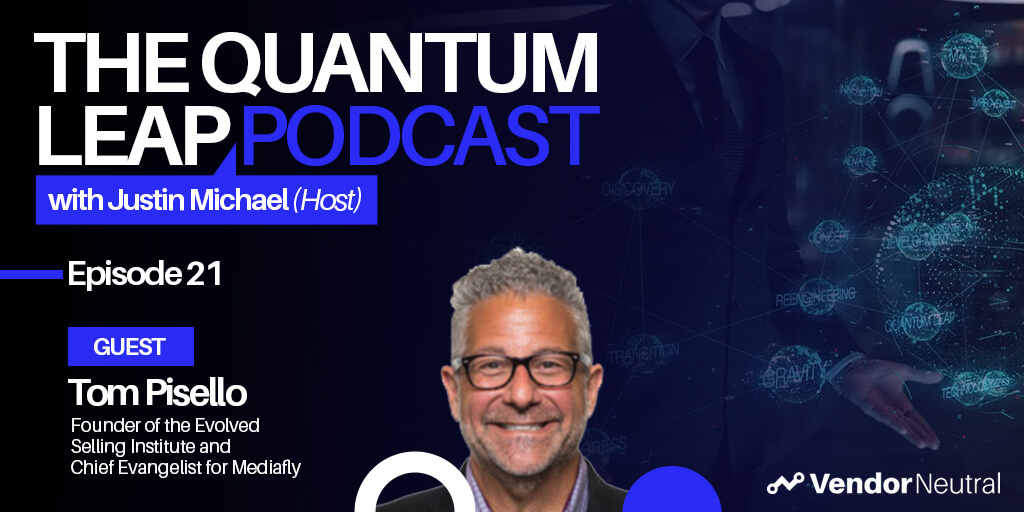 Closing the Customer Engagement Gap | Showing A Clear Case of ROIClosing the Customer Engagement Gap | Showing A Clear Case of ROI
Closing the Customer Engagement Gap | Showing A Clear Case of ROIClosing the Customer Engagement Gap | Showing A Clear Case of ROI -
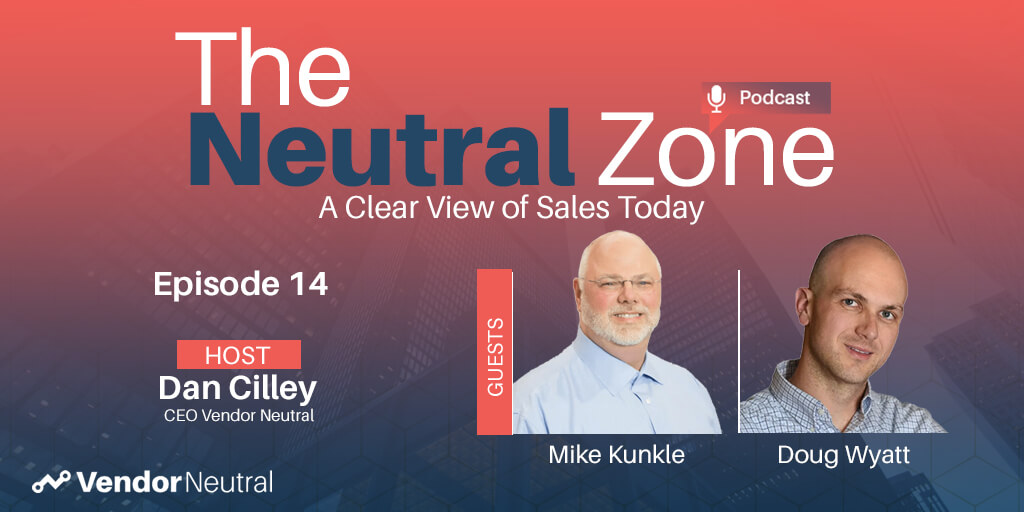 Buyer-Centric Selling | Modern Sales Foundations Virtual Sales TrainingBuyer-Centric Selling | Modern Sales Foundations Virtual Sales Training
Buyer-Centric Selling | Modern Sales Foundations Virtual Sales TrainingBuyer-Centric Selling | Modern Sales Foundations Virtual Sales Training -
 Biggest Trends in Digital TransformationBiggest Trends in Digital Transformation
Biggest Trends in Digital TransformationBiggest Trends in Digital Transformation -
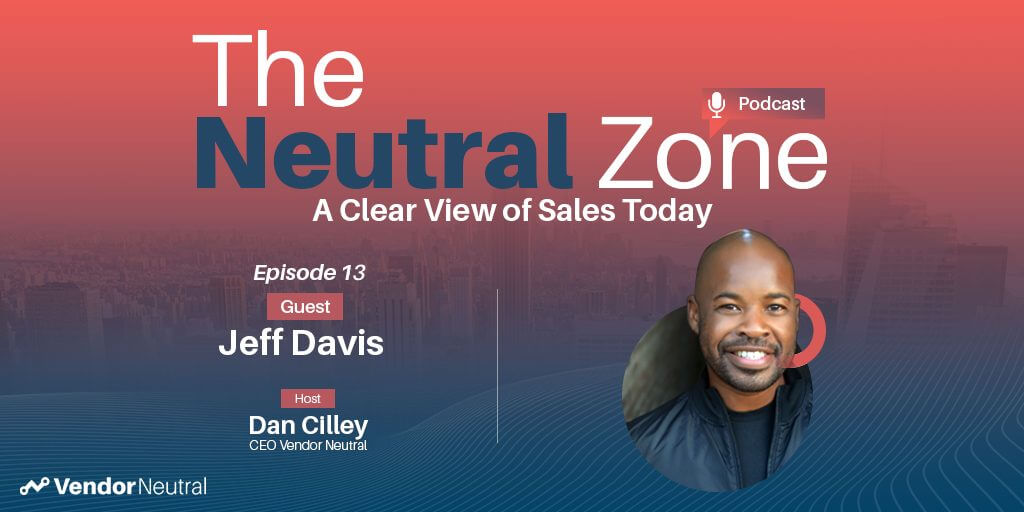 Focus on These 3 Things for Sales Technology AdoptionFocus on These 3 Things for Sales Technology Adoption
Focus on These 3 Things for Sales Technology AdoptionFocus on These 3 Things for Sales Technology Adoption -
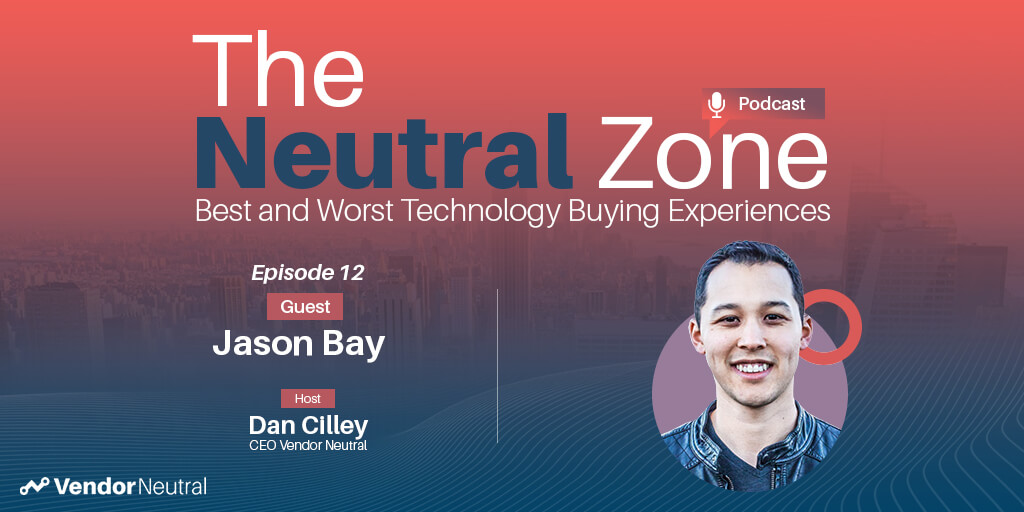 For Sales Technology Buyers A Customer Success Strategy is KeyFor Sales Technology Buyers A Customer Success Strategy is Key
For Sales Technology Buyers A Customer Success Strategy is KeyFor Sales Technology Buyers A Customer Success Strategy is Key -
 The Future of Sales TrainingThe Future of Sales Training
The Future of Sales TrainingThe Future of Sales Training -
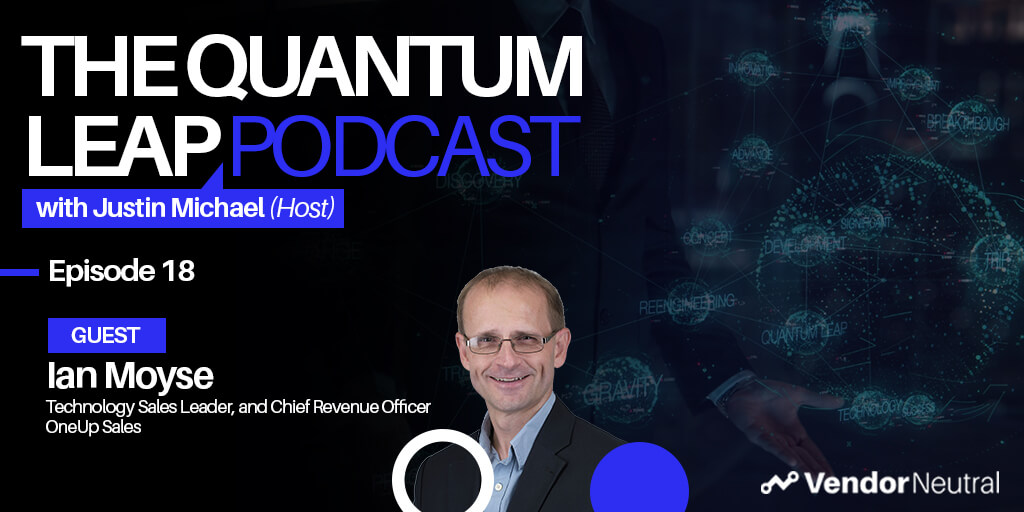 Sales Enablement to Generate Revenue in 2021 and BeyondSales Enablement to Generate Revenue in 2021 and Beyond
Sales Enablement to Generate Revenue in 2021 and BeyondSales Enablement to Generate Revenue in 2021 and Beyond -
 Leveraging Sales Technology in Enterprise Channel Sales | Start by identifying the problems you’re trying to solveLeveraging Sales Technology in Enterprise Channel Sales | Start by identifying the problems you’re trying to solve
Leveraging Sales Technology in Enterprise Channel Sales | Start by identifying the problems you’re trying to solveLeveraging Sales Technology in Enterprise Channel Sales | Start by identifying the problems you’re trying to solve -
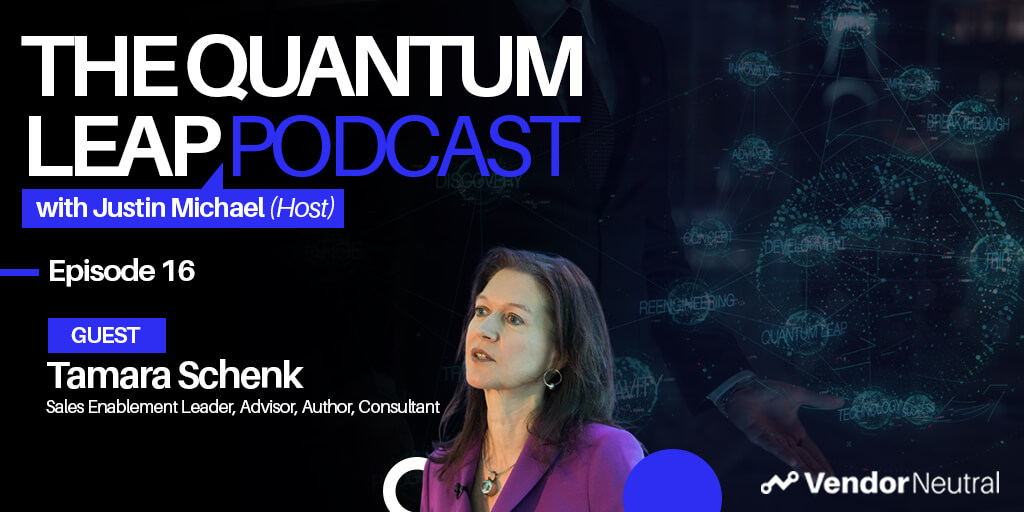 The One Question to Ask Before Sales Technology Implementation to Ensure the Success of Your Enablement InitiativeThe One Question to Ask Before Sales Technology Implementation to Ensure the Success of Your Enablement Initiative
The One Question to Ask Before Sales Technology Implementation to Ensure the Success of Your Enablement InitiativeThe One Question to Ask Before Sales Technology Implementation to Ensure the Success of Your Enablement Initiative -
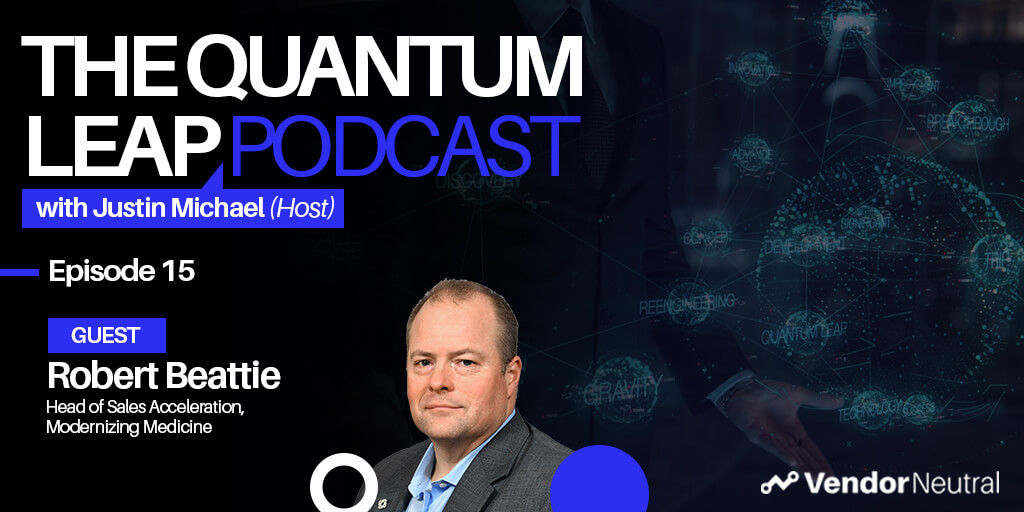 Digitally Enabled Enterprise Sales - Technology & Skills You'll Need in 2025Digitally Enabled Enterprise Sales - Technology & Skills You'll Need in 2025
Digitally Enabled Enterprise Sales - Technology & Skills You'll Need in 2025Digitally Enabled Enterprise Sales - Technology & Skills You'll Need in 2025 -
 A Look Into The Future of Sales EnablementA Look Into The Future of Sales Enablement
A Look Into The Future of Sales EnablementA Look Into The Future of Sales Enablement -
 3 Ways Sales Technology will Shape the Future of Strategic Selling & Enterprise Sales3 Ways Sales Technology will Shape the Future of Strategic Selling & Enterprise Sales
3 Ways Sales Technology will Shape the Future of Strategic Selling & Enterprise Sales3 Ways Sales Technology will Shape the Future of Strategic Selling & Enterprise Sales -
 Future of Sales in the EnterpriseFuture of Sales in the Enterprise
Future of Sales in the EnterpriseFuture of Sales in the Enterprise -
 Developing the Revenue Leaders of TomorrowDeveloping the Revenue Leaders of Tomorrow
Developing the Revenue Leaders of TomorrowDeveloping the Revenue Leaders of Tomorrow -
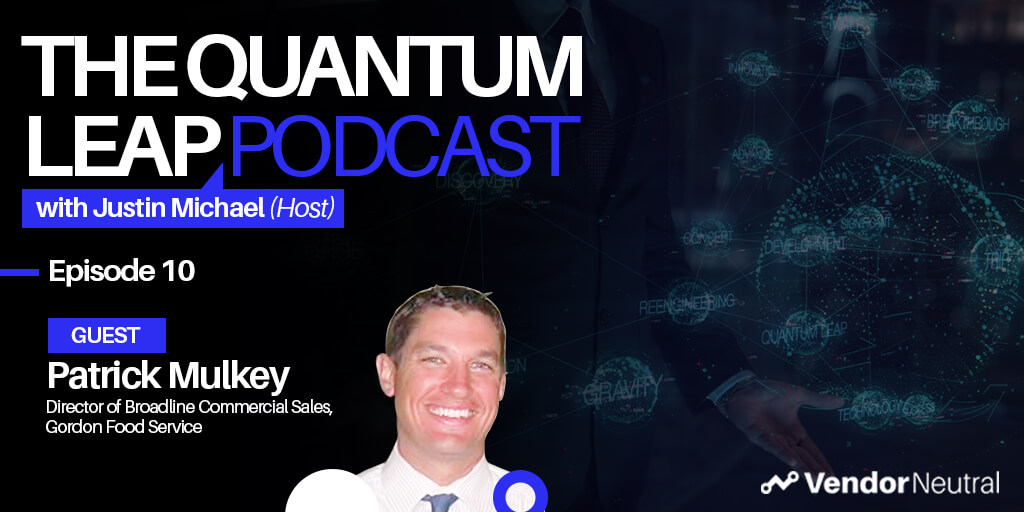 Evaluating and Updating Your Enterprise Sales Technology StackEvaluating and Updating Your Enterprise Sales Technology Stack
Evaluating and Updating Your Enterprise Sales Technology StackEvaluating and Updating Your Enterprise Sales Technology Stack -
 How-to Connect With Enterprise Buyers When Selling From HomeHow-to Connect With Enterprise Buyers When Selling From Home
How-to Connect With Enterprise Buyers When Selling From HomeHow-to Connect With Enterprise Buyers When Selling From Home -
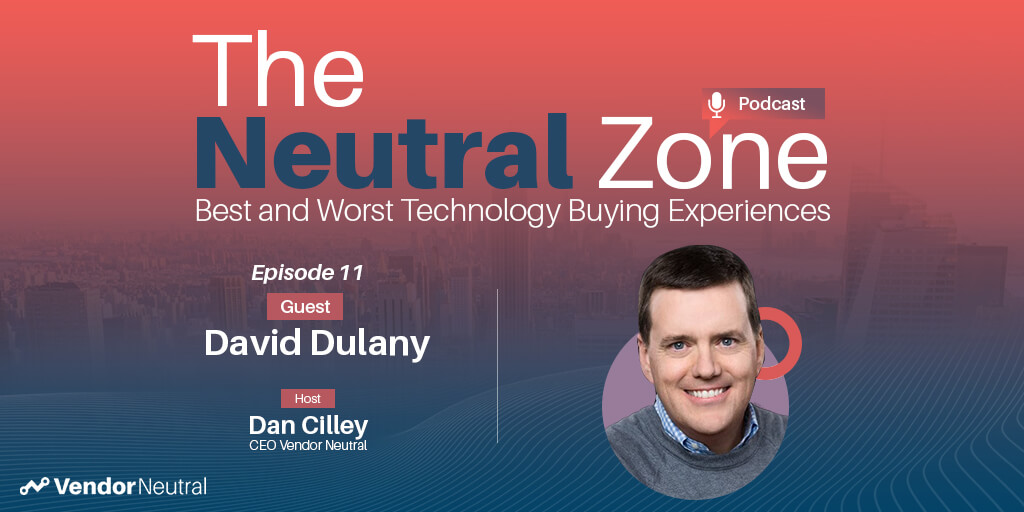 Is the Sales Technology Buying Process Over Engineered?Is the Sales Technology Buying Process Over Engineered?
Is the Sales Technology Buying Process Over Engineered?Is the Sales Technology Buying Process Over Engineered? -
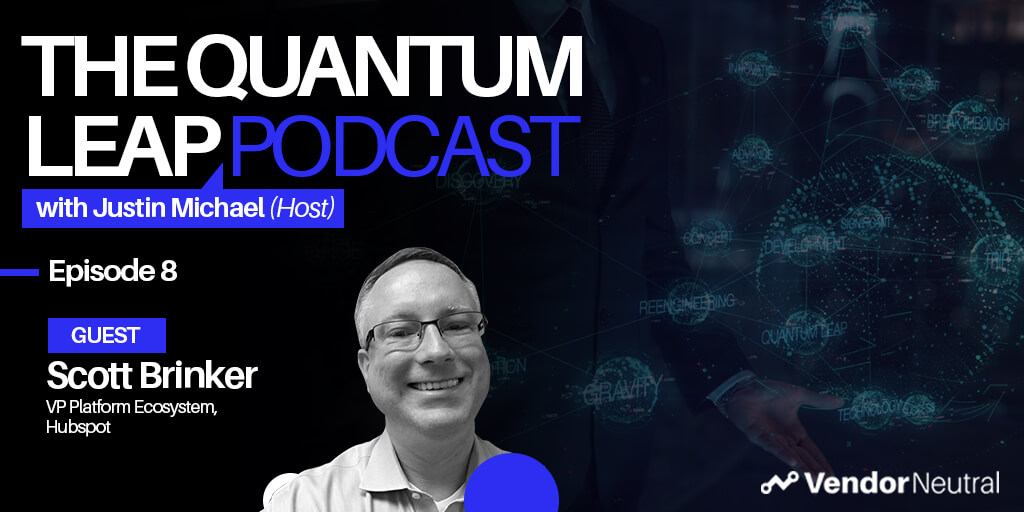 Tangible Ways to Digitally Transform Enterprise OrganizationsTangible Ways to Digitally Transform Enterprise Organizations
Tangible Ways to Digitally Transform Enterprise OrganizationsTangible Ways to Digitally Transform Enterprise Organizations -
 Quantum Leap Podcast Episode 7Quantum Leap Podcast Episode 7
Quantum Leap Podcast Episode 7Quantum Leap Podcast Episode 7 -
 How Sales Technology is Making an Impact in the Financial SpaceHow Sales Technology is Making an Impact in the Financial Space
How Sales Technology is Making an Impact in the Financial SpaceHow Sales Technology is Making an Impact in the Financial Space -
 Quantum Leap Podcast Episode 5Quantum Leap Podcast Episode 5
Quantum Leap Podcast Episode 5Quantum Leap Podcast Episode 5 -
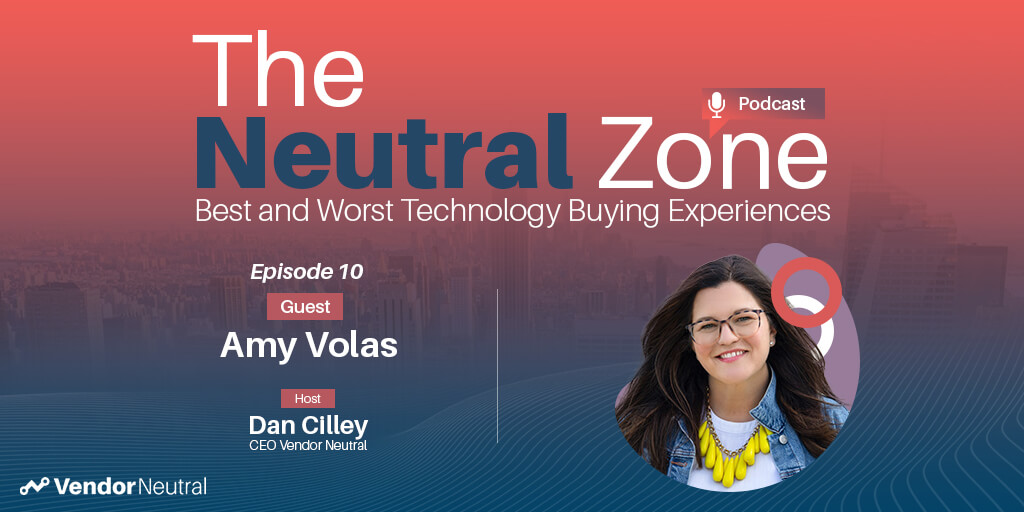 Clear View of Sales Episode 10 with Amy VolasClear View of Sales Episode 10 with Amy Volas
Clear View of Sales Episode 10 with Amy VolasClear View of Sales Episode 10 with Amy Volas -
 Quantum Leap Podcast Episode 4: Transforming Your Enterprise TechStack, The Future is Bright!Quantum Leap Podcast Episode 4: Transforming Your Enterprise TechStack, The Future is Bright!
Quantum Leap Podcast Episode 4: Transforming Your Enterprise TechStack, The Future is Bright!Quantum Leap Podcast Episode 4: Transforming Your Enterprise TechStack, The Future is Bright! -
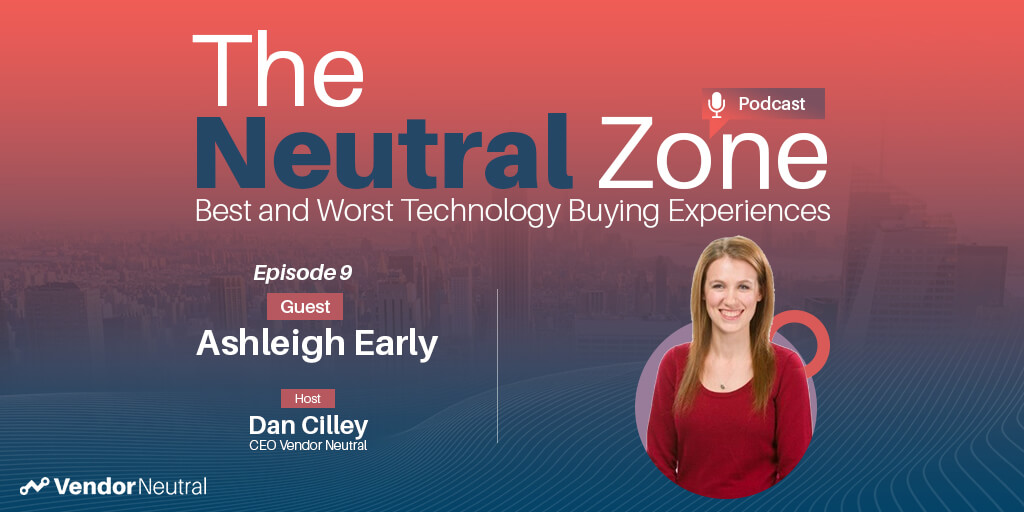 Clear View of Sales with Ashleigh Early:Clear View of Sales with Ashleigh Early:
Clear View of Sales with Ashleigh Early:Clear View of Sales with Ashleigh Early: -
 Quantum Leap Episode 3: Unlock the Mystery of Enterprise TransformationQuantum Leap Episode 3: Unlock the Mystery of Enterprise Transformation
Quantum Leap Episode 3: Unlock the Mystery of Enterprise TransformationQuantum Leap Episode 3: Unlock the Mystery of Enterprise Transformation -
 Quantum Leap Podcast Episode 2Quantum Leap Podcast Episode 2
Quantum Leap Podcast Episode 2Quantum Leap Podcast Episode 2 -
 Quantum Leap Podcast Episode 1Quantum Leap Podcast Episode 1
Quantum Leap Podcast Episode 1Quantum Leap Podcast Episode 1 -
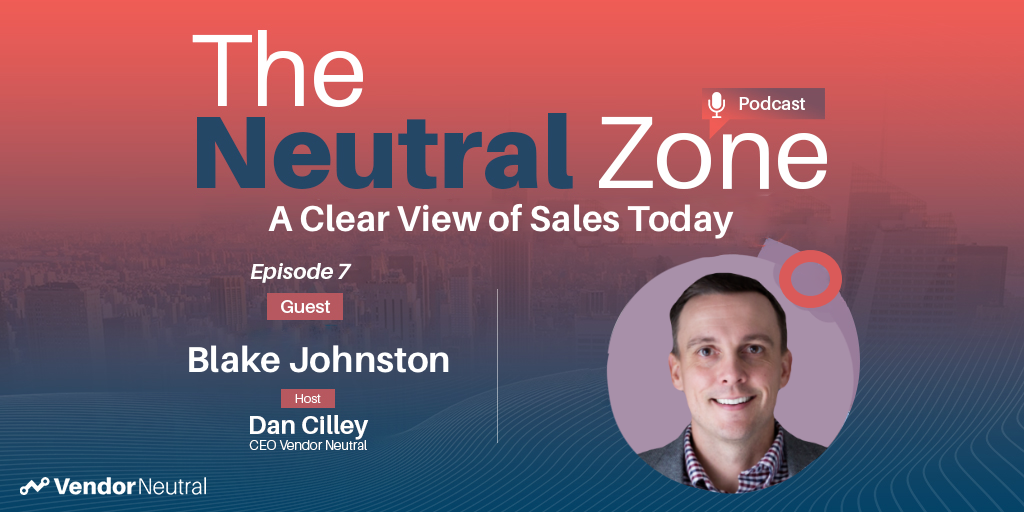 The Best & Worst B2B Technology Buying Experiences With Blake JohnstonThe Best & Worst B2B Technology Buying Experiences With Blake Johnston
The Best & Worst B2B Technology Buying Experiences With Blake JohnstonThe Best & Worst B2B Technology Buying Experiences With Blake Johnston -
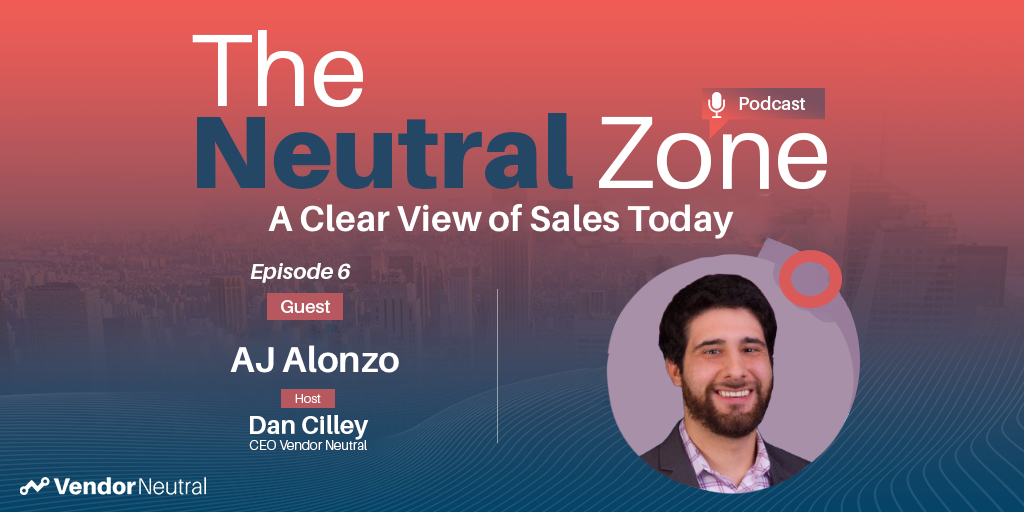 The Best & Worst B2B Technology Buying Experiences With AJ AlonzoThe Best & Worst B2B Technology Buying Experiences With AJ Alonzo
The Best & Worst B2B Technology Buying Experiences With AJ AlonzoThe Best & Worst B2B Technology Buying Experiences With AJ Alonzo -
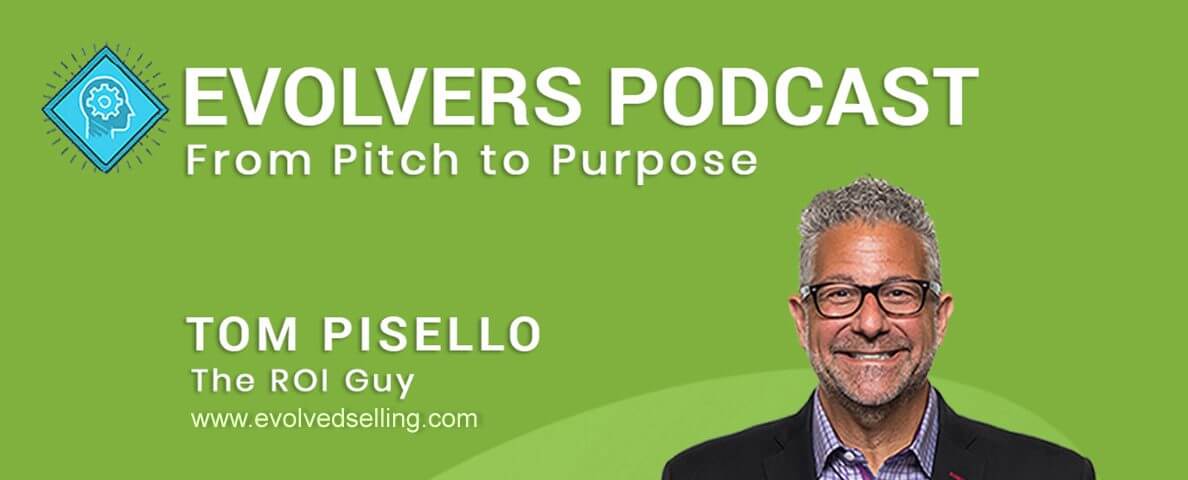 Evolvers Podcast: The Democratization of Sales Enablement? With Dan CilleyEvolvers Podcast: The Democratization of Sales Enablement? With Dan Cilley
Evolvers Podcast: The Democratization of Sales Enablement? With Dan CilleyEvolvers Podcast: The Democratization of Sales Enablement? With Dan Cilley -
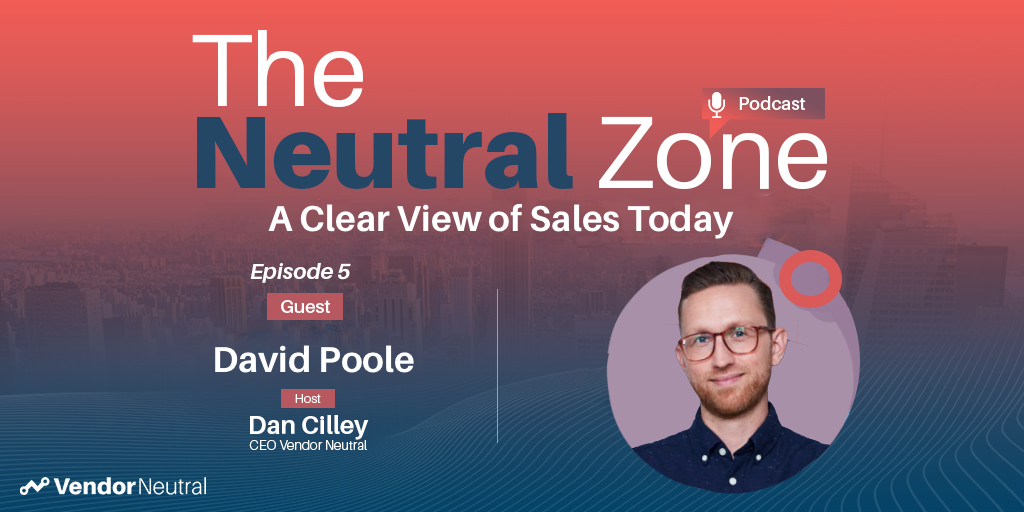 The Best & Worst B2B Technology Buying Experiences With David PooleThe Best & Worst B2B Technology Buying Experiences With David Poole
The Best & Worst B2B Technology Buying Experiences With David PooleThe Best & Worst B2B Technology Buying Experiences With David Poole -
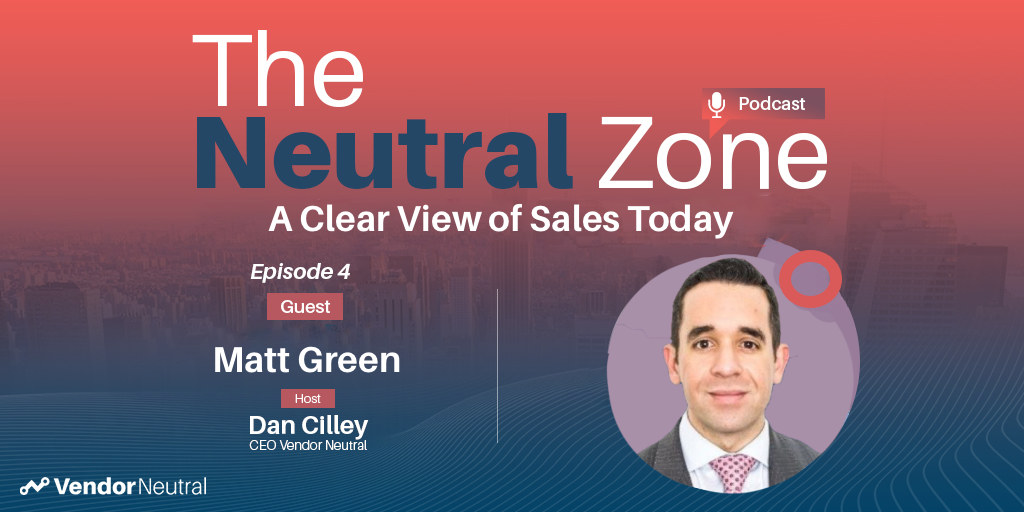 The Best & Worst B2B Technology Buying Experiences With Matt GreenThe Best & Worst B2B Technology Buying Experiences With Matt Green
The Best & Worst B2B Technology Buying Experiences With Matt GreenThe Best & Worst B2B Technology Buying Experiences With Matt Green -
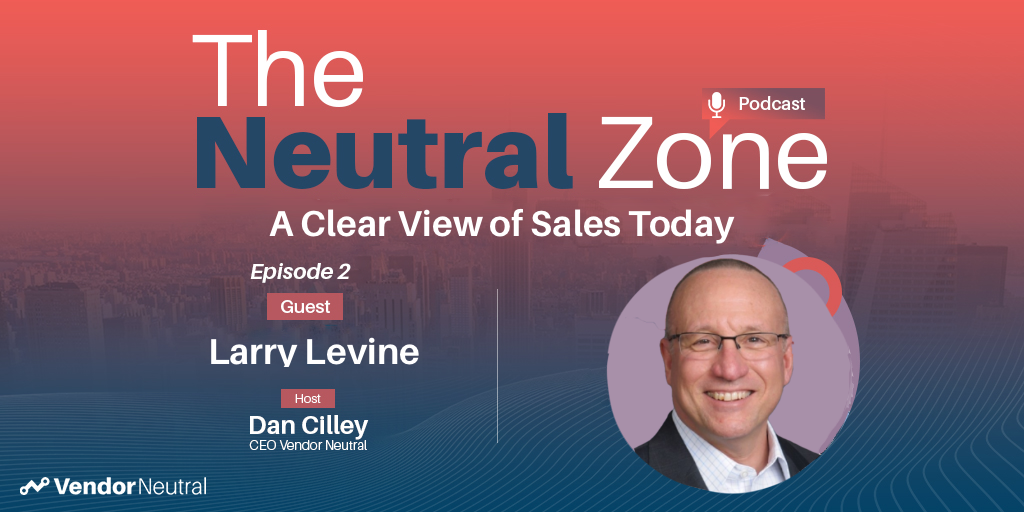 The Best & Worst B2B Technology Buying Experiences with Larry LevineThe Best & Worst B2B Technology Buying Experiences with Larry Levine
The Best & Worst B2B Technology Buying Experiences with Larry LevineThe Best & Worst B2B Technology Buying Experiences with Larry Levine -
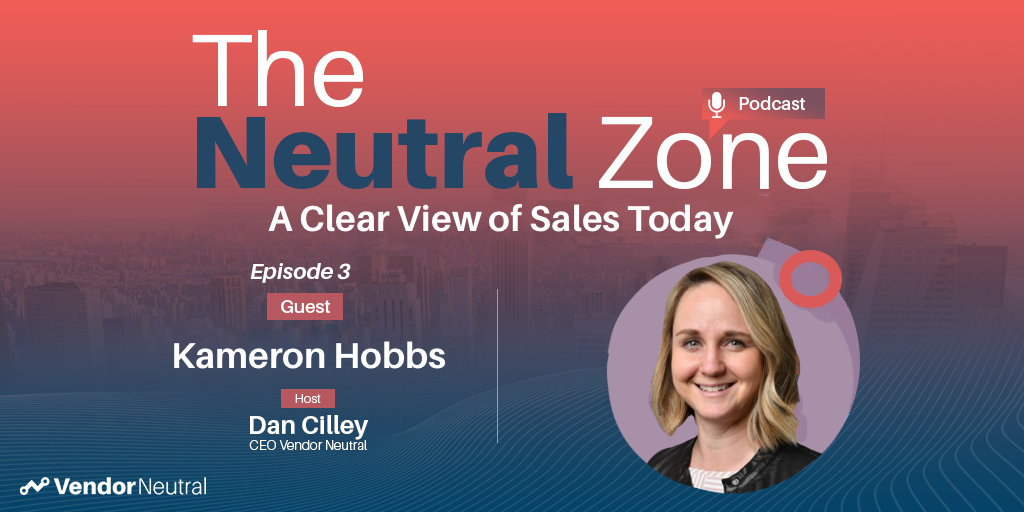 The Best & Worst B2B Technology Buying Experiences with Kameron HobbsThe Best & Worst B2B Technology Buying Experiences with Kameron HobbsVideo
The Best & Worst B2B Technology Buying Experiences with Kameron HobbsThe Best & Worst B2B Technology Buying Experiences with Kameron HobbsVideo -
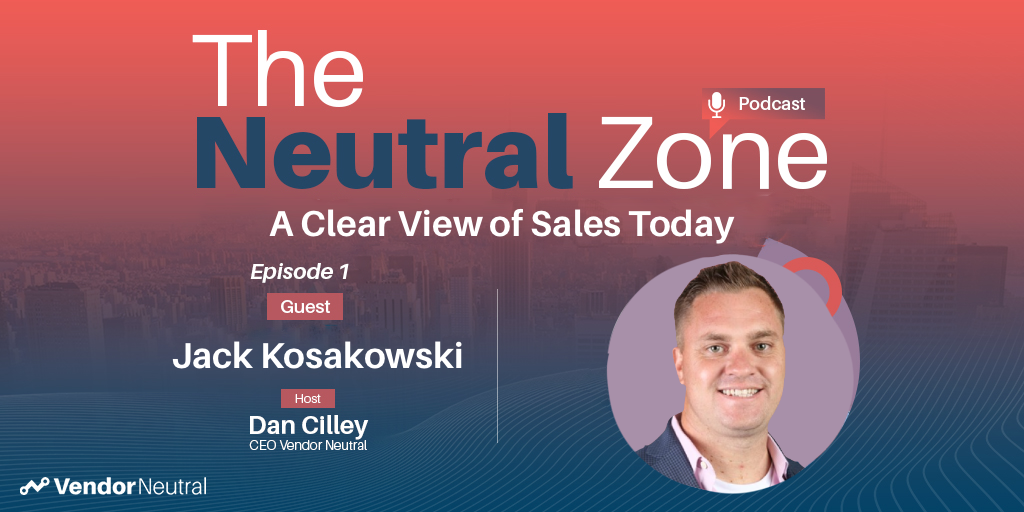 The Best & Worst B2B Technology Buying Experiences with Jack KosakowsiThe Best & Worst B2B Technology Buying Experiences with Jack KosakowsiPodcast
The Best & Worst B2B Technology Buying Experiences with Jack KosakowsiThe Best & Worst B2B Technology Buying Experiences with Jack KosakowsiPodcast
